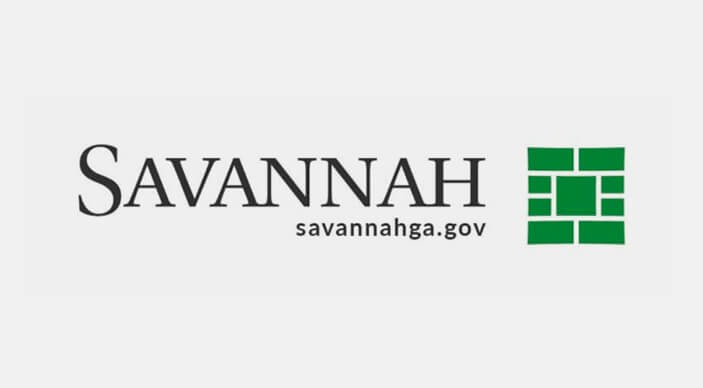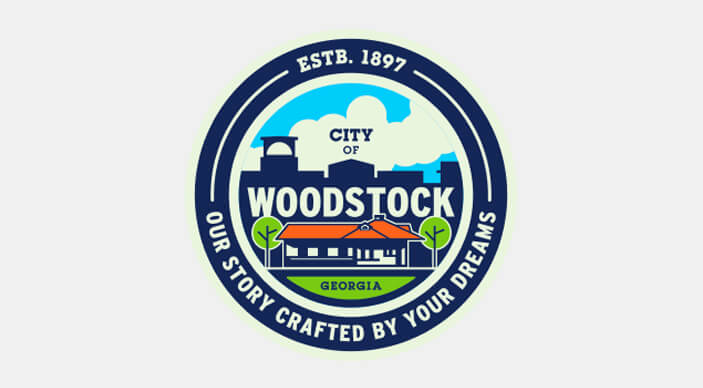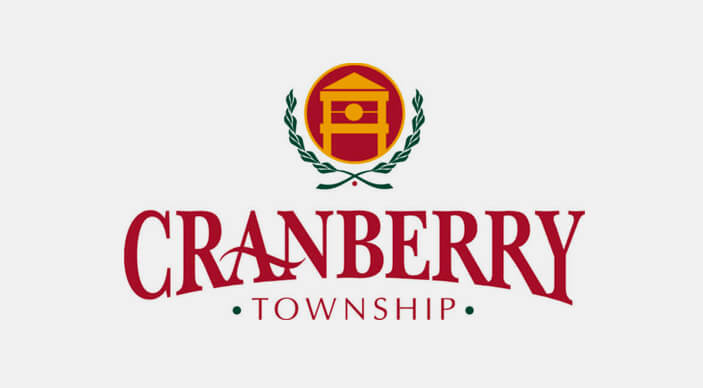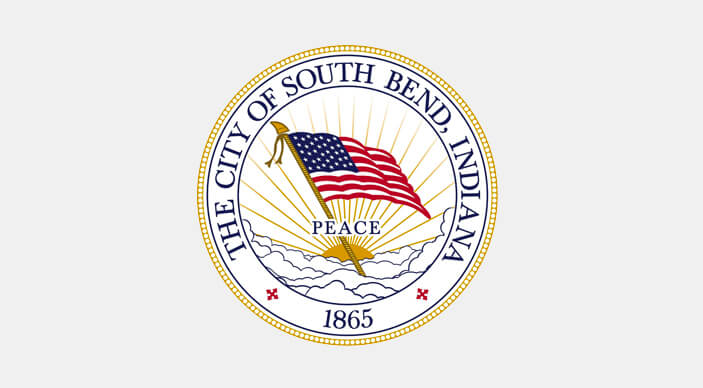Case Study:
JMT of New York
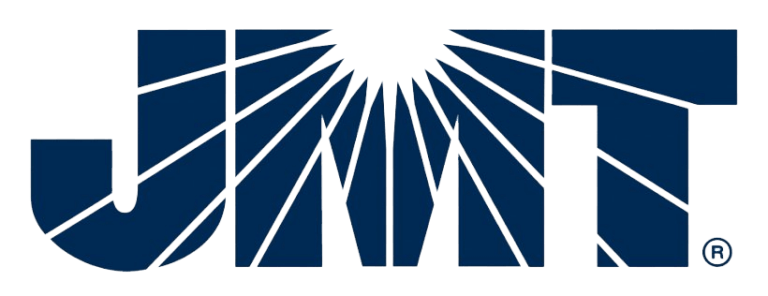
New York State Department of Transportation (NYSDOT) developed a pilot project in 2020 to test alternative transportation asset management data collection and analysis techniques.
The project covered 40 individual tenths-of-a-mile long highway segments in Albany County, and required data collection and analysis on the following inventory items in accordance with the Maintenance Quality Assurance (MQA) Handbook: road surface, roadside, drainage, vegetation, traffic, and additional assets.
JMT of New York (JMT) partnered with ARRB Systems (ARRB), and RoadBotics by Michelin to complete the pilot project. JMT, a multi-discipline engineering and architecture firm headquartered in Maryland, collected the data, rated the assets, and assembled the report. ARRB, a transportation infrastructure evaluation organization, completed data collection for the road surface analysis portion of the project. RoadBotics by Michelin provided the technology tools to complete the data collection and mapped visualization of road adjacent assets.
Challenges
Monitoring and assessing road adjacent assets can be tedious, time-consuming, and dangerous. With a history of managing successful projects for over 50 years, JMT is constantly evolving their field data collection and assessment methods to not only keep up with current solution options, but also to confirm those solutions are efficient and cost-effective.

A screenshot from within JMT’s AgileMapper account showing custom tags.
Solution
For this project, JMT utilized RoadBotics by Michelin’s AgileMapper platform. AgileMapper is a powerful mapping tool for viewing, sorting, and analyzing visual data. Data collection can begin in the field using the AgileMapper smartphone application, or on the AgileMapper desktop website by uploading previously taken or other acquired visual data. For this project, photos were taken in real-time by JMT’s field crew and then uploaded to AgileMapper so engineers in the office could access the visual data instantly.
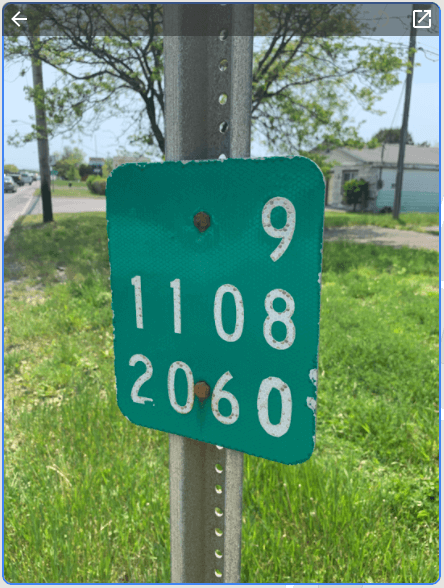
In the field, JMT’s engineers walked each segment on both sides of the road, taking photos of curb drop offs, storm drains, culverts, vegetation, traffic signals, crosswalks, and other roadside assets. A measuring tape and level were used to provide additional context in the images. Once the imagery was on AgileMapper, they were able to assess its condition and tag it appropriately.
Each of the 40 road segments was made into an individual map on AgileMapper. To establish a searchable naming convention for such a large number of maps, JMT’s engineers photographed mile markers at the beginning and end of each 1/10th mile segment. AgileMapper’s artificial intelligence (AI) transcribed the text – for example, 9 1108 2060 – 9 1108 2061 – so engineers could search the map database they had created in AgileMapper by specific location. Every segment also contained geo-referenced images identified with additional tags applied by AI and by JMT engineers.
AgileMapper’s mapped visualization and custom tagging capabilities gave engineers the ability to easily view and organize close to 1,500 data points, plus have clear documentation of asset conditions.
Results
During data collection and asset rating, JMT saved a total of 15-20 minutes per segment over the traditional field data collection and rating method. This represents a time saving of about 25%. The solution was not only efficient, but also promoted safety by minimizing the time the crew was exposed to highway traffic.
The ability to add photos to AgileMapper and archive the assets allows the data to be available for a number of uses, including for design projects, funding requests, and system performance evaluation.
In addition, the data will be used by NYSDOT to evaluate the efficacy of its highway maintenance effort and indicate where additional resources need be directed.

